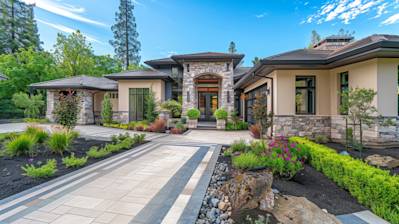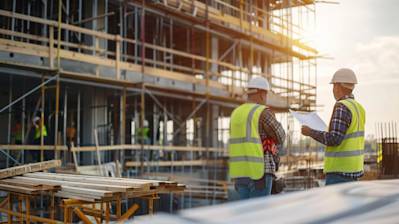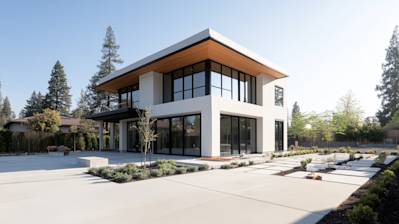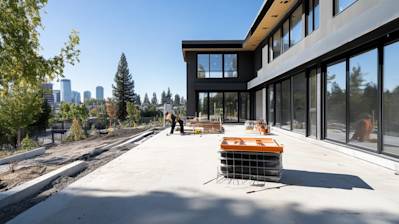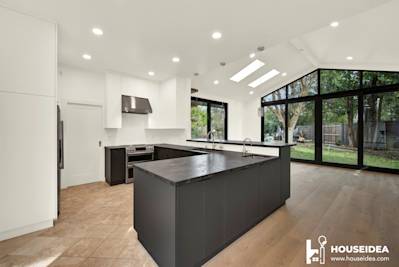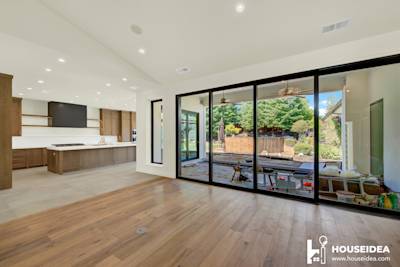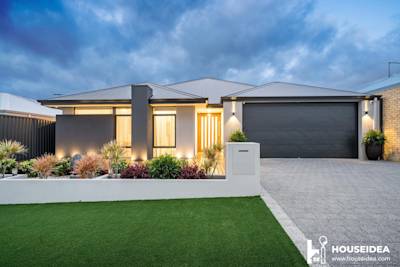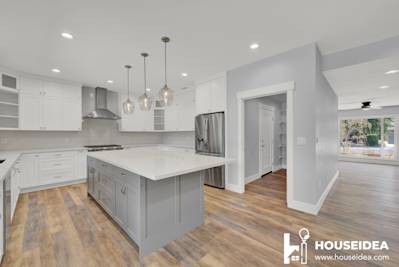In the busy world of construction, safeguarding your project from various unforeseen events is crucial. Among the many types of insurance you might consider, Builders Risk Insurance is critical for protecting your investment. This guide will delve into the intricacies of Builders Risk Insurance, providing a detailed overview of what it is, why it’s essential, and how to choose the right policy.
What is Builders Risk Insurance?
Builders Risk Insurance, also known as Course of Construction Insurance, is a specialized type of property insurance. It covers buildings under construction, including new builds, renovations, and remodels. This insurance is pivotal in protecting projects against various risks, such as fire, wind, theft, and vandalism, before construction is complete.
Key Coverage Areas
Protection Against Property Damage
Builders Risk Insurance primarily covers physical damages to the structure under construction. This includes damages resulting from:
- Fire
- Lightning
- Explosions
- Vandalism
- Windstorm
- Hail
Included and Excluded Perils
While Builders Risk Insurance offers broad protection, it's essential to know what is typically covered and what's not. Common exclusions can include:
- Earthquakes
- Floods
- Wear and tear
- Mechanical breakdown
- Governmental actions
Equipment and Materials Coverage
Most Builders Risk Insurance policies also cover materials, fixtures, and equipment stored on-site or en route to the site. This coverage ensures that everything integral to the construction process is protected until the project is completed.
Why You Need Builders Risk Insurance
Understanding the necessity of Builders Risk Insurance begins with recognizing the risks involved in construction projects. Here’s why it's an indispensable part of any construction project:
Financial Protection
One of the most considerable benefits of Builders Risk Insurance is financial protection. Construction involves a significant investment, and any damage during the building process can lead to substantial losses. Insurance shields you from these unforeseen financial hits.
Compliance with Contractual Requirements
Many construction contracts require Builders Risk Insurance. It provides peace of mind to everyone involved in the project, including lenders, contractors, and owners, that there is a safeguard in place for the duration of the construction.
Enhancing Project Credibility
Having a Builders Risk Insurance policy in place can enhance your reputation and credibility with potential clients. It demonstrates a commitment to responsibility and comprehensive risk management.
Choosing the Right Builders Risk Policy
Selecting the right Builders Risk Insurance can seem daunting. Here are essential factors to consider:
Assessing Project Risks
Consider the specific risks your project might face. Is your construction site in an area prone to extreme weather? Understanding these risks will help tailor your policy accordingly.
Comprehensive Coverage
Ensure the policy covers all necessary aspects of your project, including temporary structures and scaffolding as well as materials and supplies on-site or in transit.
Duration and Extensions
Make sure the insurance covers the timeline of your project. Construction can often face delays, so it's wise to check if your policy has options for extension.
Policy Limits and Deductibles
Understand the limits of the policy and any deductibles that apply. Coverage should be adequate to cover the full value of the completed project.
Getting Multiple Quotes
It’s always prudent to compare quotes from different insurers to ensure you're getting a competitive rate and comprehensive coverage. Here's a checklist for evaluating quotes:
- Coverage limits
- Specific inclusions and exclusions
- Extension options
- Premium costs
- Claims process
The Claims Process
Experience shows that understanding the claims process before you need to make a claim can save you time and stress. Here are typical steps you will follow:
- Report the Incident: Notify your insurance provider immediately after an incident.
- Document the Damage: Keep detailed records and photographic evidence of the damage.
- Submit the Claim: Provide all necessary documentation to process the claim.
- Work with Adjusters: Coordinate with insurance adjusters as they assess the damage and validate your claim.
- Receive Compensation: After approval, you’ll receive compensation per your policy terms.

Frequently Asked Questions About Builders Risk Insurance
Why do I need builders risk insurance?
Builders risk insurance is essential for protecting a construction project from start to finish against a variety of risks, including theft, vandalism, and certain weather-related events. Investing in this coverage ensures that your project won't face financial devastation in the wake of unexpected accidents or incidents. Without builders risk insurance, the burden of repairs or replacements could fall on your shoulders or those of the project owner, straining financial resources and delaying completion timelines.
What does builders risk insurance cover?
A builders risk insurance policy typically covers physical loss or damage to the construction property and materials used. This includes protection from perils like fire, wind, theft, lightning, hail, explosion, and vandalism. It may also provide coverage for equipment, scaffolding, and other temporary structures. Sometimes, builders risk insurance might extend to cover additional expenses, like debris removal or architect fees, associated with the loss. It's always crucial to review your specific policy details to understand the extent of coverage offered.
Are subcontractors covered under my builders risk insurance?
Typically, subcontractors may not be covered directly under your builders risk insurance. Its primary focus is on the physical construction project itself rather than the personnel involved. However, subcontractors' materials and work can be protected if they are part of the insured property under your policy. For liability or additional coverage, subcontractors often need to carry their own insurance policies. It’s a good idea to discuss with your insurer and confirm whether any subcontractor-specific endorsements are needed under your builders risk coverage.
How long does builders risk insurance coverage last?
Builders risk insurance coverage usually lasts for the duration of the project, typically from the initial ground-breaking to the project's completion. Specifically, coverage begins on the policy’s effective date and ends when the work is finished, the property is ready for use, or, in some cases, after a set period, such as 90 days after completion. Make sure to confirm the time limits and project scope with your insurer to safeguard against any gaps in coverage.
Can builders risk insurance policy be extended?
Yes, extensions for a builders risk insurance policy are possible if the project timeline changes or extends beyond the original end date. It’s important to communicate with your insurer as soon as you become aware of potential delays to ensure continuous coverage. Extensions may come with additional premiums, and the terms might vary based on the insurer and the specific circumstances surrounding the project delay.
Does builders risk insurance include liability coverage?
Builders risk insurance primarily covers the physical property involved in a construction project and does not typically include liability coverage. Liability coverage is usually required separately through policies like general contractor's liability insurance. It’s important for project managers and contractors to have comprehensive insurance strategies that include both builders risk insurance and liability insurance to cover broader risks involving third-party injuries or property damage.
What is excluded from builders risk insurance?
Builders risk insurance generally excludes certain types of risks and situations, which can include employee theft, mechanical breakdowns, wear and tear, war, government actions, and intentional acts of damage. Natural disasters like earthquakes and floods often require additional coverage unless such perils are otherwise specified in the policy. Reviewing the list of exclusions carefully with your insurance agent is key to understanding what your builders risk insurance policy will not protect against.
How is the cost of builders risk insurance determined?
Several factors influence the cost of builders risk insurance, including the project's total budget, duration, location, scope, materials used, and the coverage limits chosen. High-risk project zones, like those prone to severe weather conditions, can also increase premiums. Additionally, the insurer will consider the contractor's and the owner’s experience level and claims history. It’s advisable to obtain multiple quotes and work with a knowledgeable insurance broker to tailor coverage to your specific needs and optimize costs.
Can I get builders risk insurance for a renovation project?
Yes, builders risk insurance can be obtained for renovations, remodels, and other similar construction projects. Coverage is generally applicable to the existing structure as well as any new construction materials or work. If you are undertaking a renovation, it’s important to communicate with your insurance provider the details of the work being done to accurately assess the required coverage for protecting your investment and mitigating any associated risks.
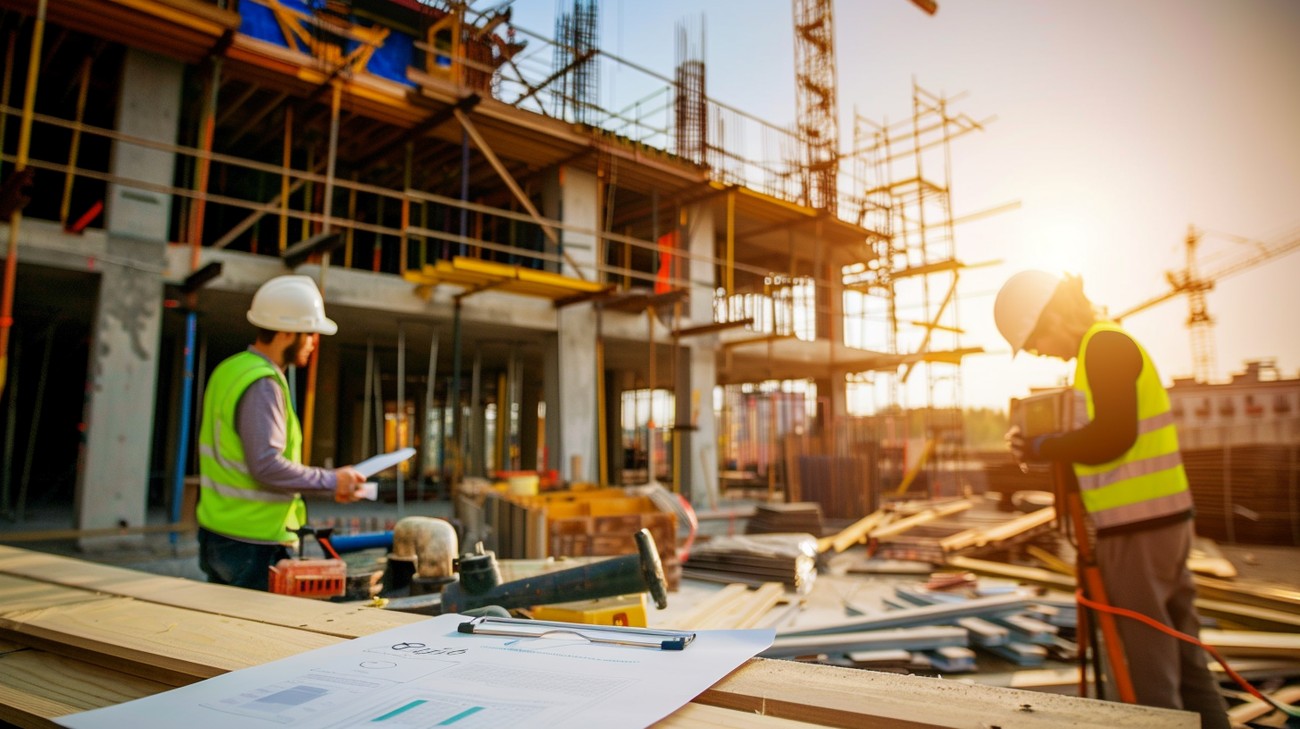
Cost Breakdown
Typical Price Ranges
When considering builders risk insurance, it's helpful to have a ballpark understanding of the costs you might incur. Generally, builders risk insurance can range from 1% to 5% of the total construction cost. For instance, if you’re tackling a $200,000 project, your insurance might set you back anywhere from $2,000 to $10,000. This vast range underscores the importance of understanding how various factors can sway your premium.
Factors that Affect Cost
Builders risk insurance doesn’t come with a one-size-fits-all price tag. Several key factors can influence the cost:
Project Size and Value: Larger projects entail higher replacement costs and thus potentially higher premiums. Naturally, insuring a multi-million dollar development will cost more than a modest renovation.
Location: Depending on where your construction site is, you may face different rates. Areas prone to natural disasters like hurricanes or earthquakes often attract higher premiums.
Type of Project: Residential, commercial, or renovation projects can have varying insurance requirements, altering the cost.
Duration of Construction: A longer project timeline increases the duration of risk the insurer covers, which can increase the premium.
Coverage Options: Standard builders risk insurance typically covers perils like theft, vandalism, and certain natural disasters. Opting for additional coverage, such as protection against earthquakes or floods, can increase costs.
Experience of the Builder: Experienced builders come with a track record that insurers can assess. Less experienced builders might find themselves facing higher premiums.
Cost Comparison (Budget vs Premium Options)
When you’re budgeting for builders risk insurance, you will encounter both budget and premium options.
Budget Insurance: Economical options might cover the essentials but could offer less wiggle room for additional coverage options or flexible terms. With budget insurance, you might find a plan near the lower end of the 1%-5% range, perhaps around $2,000 to $5,000 for a $200,000 project.
Premium Insurance: These plans generally offer broader coverage and more flexibility, which might include quicker claim processing and less stringent terms. Premium options could push to the higher end, around $8,000 to $10,000 or more for the same project size, providing peace of mind with extensive coverage options.
Hidden Costs to Consider
While the premium itself can be steep, builders risk insurance can come with hidden costs.
Policy Extensions: Construction delays are common. If your project timeline extends beyond your original policy terms, you may face additional costs to extend your insurance coverage.
Deductibles: Take note of your deductible. Lower premiums might entice you, but they often come with higher out-of-pocket costs when you file a claim.
Exclusions: Be aware of what's not covered. For example, damage caused by certain events like floods might be excluded unless you're paying extra for such coverage.
Ways to Save Money
Builders risk insurance doesn’t have to break the bank if you’re strategic about your coverage. Here are a few savvy ways to save:
- Shop Around: Don’t settle for the first quote. Compare multiple providers to ensure you’re getting the best rate for your specific project needs.
- Bundle Insurance Policies: Some insurers offer discounts if you purchase multiple types of coverage from them, such as general liability or workers' compensation.
- Risk Mitigation: Implementing safety measures and employing experienced workers might reduce your risk profile and, consequently, your premiums.
- Limit Coverage Duration: Tailor your policy to cover only the necessary construction period. If you're confident in your timeline, avoiding unnecessary extensions can save you a bundle.
- Adjust Deductibles: Opting for a higher deductible can lower your upfront premiums. Just ensure you're comfortable covering the deductible if needed.

Final Thoughts
Understanding builders risk insurance is essential for anyone planning a construction project, whether it’s a new home in Sacramento, CA, or a major renovation. This type of coverage can protect you from financial losses due to unforeseen events like fire, theft, or weather-related damages that could impact your investment. By ensuring your project is properly insured, you can focus on turning your vision into reality without the worry of unexpected setbacks.
Tags: construction, property, coverage,



